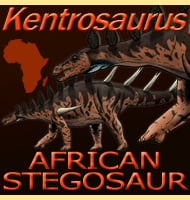Elbretornis
In Depth Elbretornis is a genus of enantiornithine bird that lived in South America during the late Cretaceous. Further Reading - Euenantiornithine birds from the Late Cretaceous of El Brete (Argentina). - Irish Journal of Earth Sciences 27:15-62. - C. A. Walker & G. J. Dyke - 2009.
